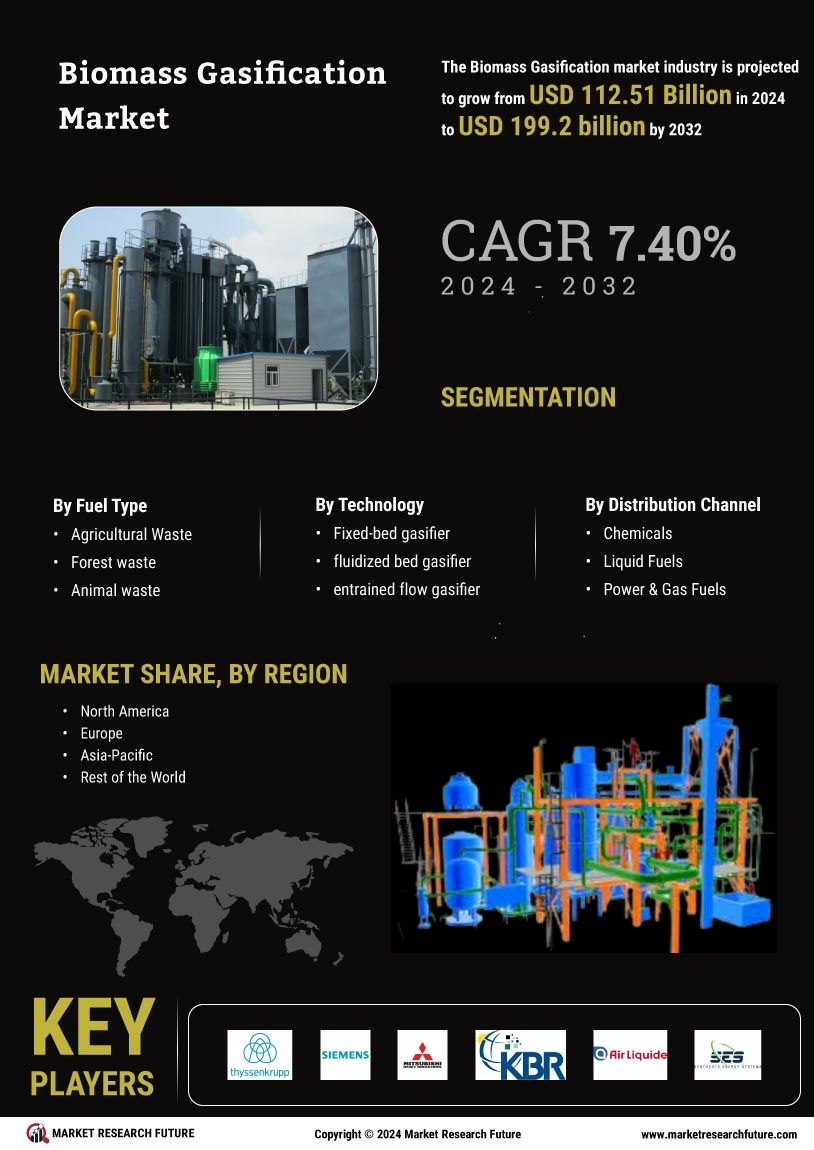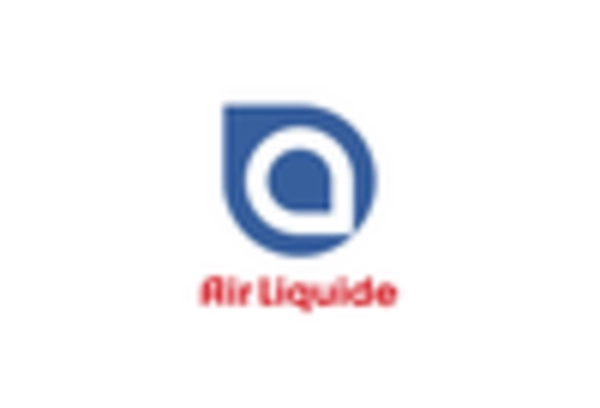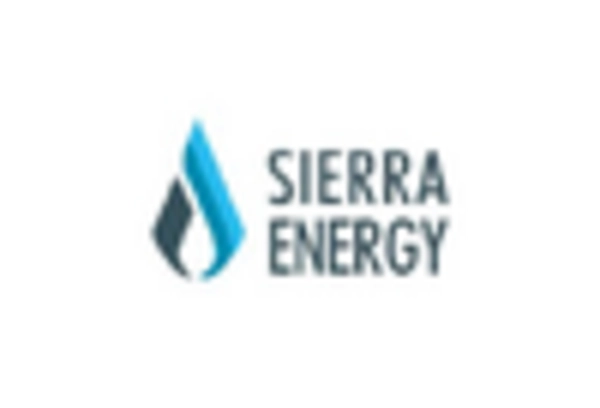Leading market players are investing heavily in research and development in order to expand their product lines, which will help the Biomass Gasification market grow even more. Market participants are also undertaking a variety of strategic activities to expand their footprint, with important market developments including new product launches, contractual agreements, mergers and acquisitions, higher investments, and collaboration with other organizations. To expand and survive in a more competitive and rising market climate, the Biomass Gasification industry must offer cost-effective items.
Manufacturing narrowly to minimize operational costs is one of the key business tactics used by manufacturers in the Biomass Gasification industry to benefit clients and increase the market sector. In recent years, the Biomass Gasification industry has offered some of the most significant advantages to medicine. Major players in the Biomass Gasification market, including Synthesis Energy Systems Inc., Royal Dutch Shell Plc, Cb&l, General Electric, Kbrinc, Air Liquide, Thyssenkrupp AG, Siemens, Mitsubishi Heavy Industries Ltd, and others, are attempting to increase market demand by investing in research and development operations.
Synthesis Energy Systems Inc (SES), a subsidiary of Synthesis Energy Holdings Inc. It is a energy and gasification technology developing company that offers products and solutions to the energy and chemical industries and also provides technology services such as technology licenses, engineering services, and technical and equipment supplies. Its synthesis gas can be converted into a range of energy and chemical products, such as substitute natural gas, power, methanol, and fertilizer. The company works in partnership with Australian Future Energy Pty Ltd in Australia and Tianwo-SES Clean Energy Technologies Limited in China.
Tianwo-SES is a joint venture between Synthesis Energy System's wholly owned subsidiary, SES Asia Technologies, Ltd., and Suzhou THVOW Technology Co., Ltd. (THVOW). The joint venture was formed in 2014 to bring clean energy technologies and turnkey SES gasification systems to China and Asian markets.
Shell Plc (Shell), formerly Royal Dutch Shell Plc, is an oil and gas company. That explores for and produces oil and gas from conventional fields and sources such as shale, tight rock, and coal formations. It works in refining and petrochemical complexes across the world. Shell's product offerings include lubricants, bitumen, petrochemical products, and liquefied petroleum gas, such as raw materials for plastics, coatings, and detergents. The company is the main producer of biofuel in Brazil. It also has interests in various liquefied natural gas (LNG) and gas-to-liquids (GTL) projects.
The company markets its products indirectly and directly through distributors in Europe, Asia, Oceania, Africa, North America, and South America. Shell is headquartered in London, England, the UK.

















Leave a Comment